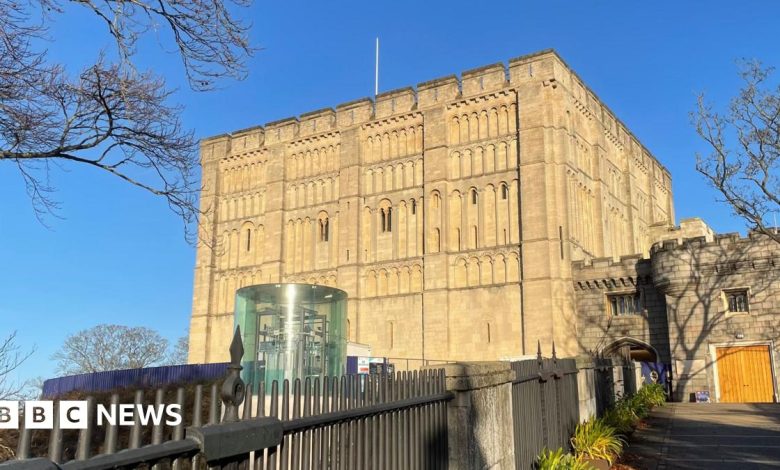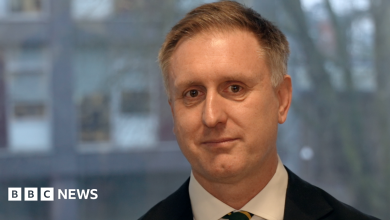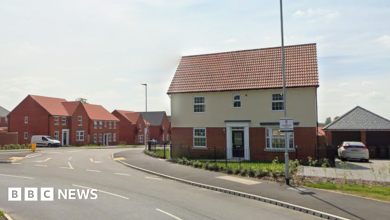Norwich Castle sees 110,000 visitors in three months since reopening

Norwich Castle’s Royal Palace Reborn: A Renaissance of Cultural Heritage
The ambitious renovation of Norwich Castle, aptly named the “Royal Palace Reborn” project, has transformed this historic landmark into a vibrant cultural hub for the 21st century. At the heart of the revitalization stands an impressive new glass atrium, welcoming visitors into redesigned retail spaces, a charming café, and innovative learning areas where history comes alive. The journey of this remarkable transformation didn’t go unnoticed in the wider cultural landscape—it captured enough imagination to warrant its own Channel 4 documentary, produced by local Norwich company Eye Film and narrated by beloved Norfolk native Stephen Fry. This media attention speaks to the project’s significance not just for Norwich but as a matter of national cultural heritage, showcasing how historic spaces can be reimagined while preserving their essential character and historical importance.
The numbers tell a compelling story of the castle’s growing appeal even before the major renovations were completed. Between April 2016 and May 2017, over 205,000 visitors walked through its doors, exploring its collections and connecting with local history. The following year saw an even more impressive increase to more than 222,000 visitors, demonstrating the public’s growing enthusiasm for this cultural treasure. These rising pre-renovation figures suggested that Norwich Castle was already becoming an increasingly vital cultural destination, hinting at the even greater potential that awaited once the full transformation was complete. Such strong attendance provided valuable validation for the investment being made and underscored the castle’s importance as both a tourist attraction and an educational resource for the community.
Like many cultural institutions worldwide, Norwich Castle faced unprecedented challenges when the COVID-19 pandemic forced its closure during multiple lockdowns. When the museum and art gallery portion of the castle complex finally reopened its doors, it welcomed approximately 120,000 annual visitors—a testament to the public’s enduring interest despite the disruptions of the pandemic era. This resilience in visitor numbers, even in the face of changing public habits and health concerns, demonstrated the deep connection people feel to this historic site and their eagerness to return to cultural spaces after periods of isolation. The museum team worked diligently to create safe environments where visitors could once again engage with history and art, recognizing the vital role such spaces play in community wellbeing and education.
The path to completion for the Royal Palace Reborn project was far from smooth, as it encountered numerous unforeseen obstacles that tested the resolve of everyone involved. The COVID-19 pandemic created not only delays in construction but also complications in planning, staffing, and implementation that required constant adaptation. Just as the project was regaining momentum, global supply chain issues emerged—particularly affecting steel deliveries following Russia’s invasion of Ukraine, which disrupted international materials markets. These cascading challenges required creative problem-solving, flexibility in timelines, and steadfast commitment from project managers, craftspeople, and stakeholders who remained dedicated to seeing the transformation through despite the mounting difficulties. Their persistence in the face of these extraordinary circumstances makes the eventual completion all the more impressive.
The financial realities of such an ambitious heritage project reflect the complexities involved in modernizing historic structures while honoring their architectural and cultural integrity. What began with an estimated budget of approximately £20 million ultimately required a total investment of £27.5 million—a significant increase of £7.5 million beyond initial projections. This cost elevation, while substantial, must be understood within the context of the unprecedented global events that impacted the project timeline and the specialized nature of heritage renovation work. Each unforeseen delay added to carrying costs, while the meticulous craftsmanship required to properly restore and enhance a structure of such historical significance demanded premium materials and specialized expertise that couldn’t be compromised despite budgetary pressures.
Now complete, the transformed Norwich Castle stands as a testament to the value of investing in cultural heritage even through challenging times. The renovation has created a more accessible, engaging, and comprehensive visitor experience that honors the building’s medieval origins while embracing contemporary museum practices. The new spaces allow for expanded exhibitions, improved preservation of artifacts, and more dynamic educational programming that will benefit generations to come. While the journey to completion was longer and more costly than anticipated, the renewed Norwich Castle represents more than just a refurbished building—it embodies a community’s commitment to preserving its past while creating vibrant cultural spaces for the future. As visitors once again fill its halls in growing numbers, the Royal Palace truly has been reborn as a cultural jewel in Norwich’s crown.








